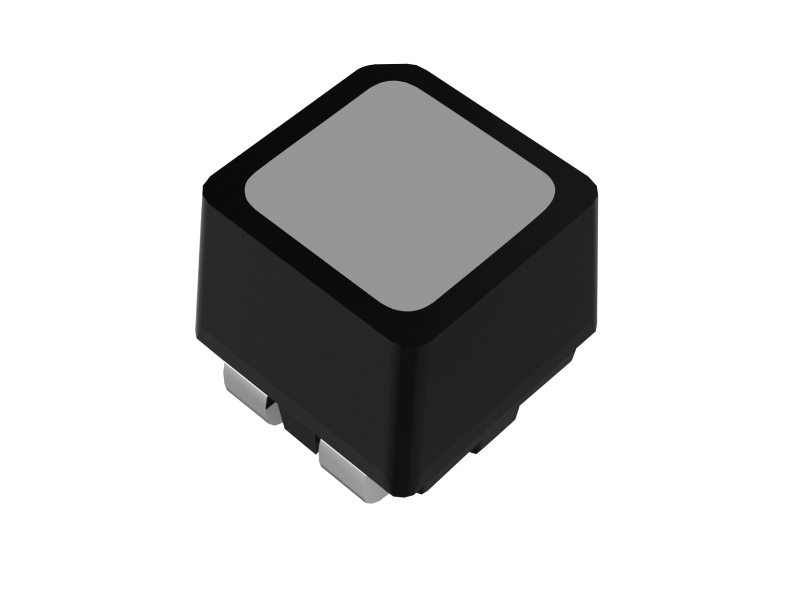When investing in an LED screen—whether for advertising, entertainment, or public information—the expectation is often a long-lasting, vibrant display. Yet many users notice that their LED screens gradually lose brightness over the years. This dimming effect is not just a sign of aging but a result of several technical and environmental factors. The good news is that with the right knowledge and preventive steps, you can slow down this process and extend the life of your LED display.

Why Do LED Screens Become Dimmer Over Time?
Like any advanced electronic product, LED displays are subject to wear and tear. The gradual loss of brightness usually comes from a combination of the following causes:
- LED chip aging
The core of every LED screen is the LED chip. Over time, the chip’s luminous efficiency naturally decreases. High operating currents, excessive heat, and continuous use accelerate this aging process, making the screen appear dimmer.

Kinglight LEDs utilize quality LED chips for higher brightness but lower power consumption
- Heat accumulation
Heat is one of the biggest enemies of LED performance. Without proper heat dissipation, LEDs overheat, which not only reduces brightness but also shortens the overall lifespan of the display.
- Environmental factors
Outdoor LED screens are often exposed to dust, moisture, UV radiation, and fluctuating weather conditions. Dust and dirt can accumulate on the surface, blocking light output, while humidity and UV exposure degrade materials, further reducing brightness.
- Power supply degradation
The power supply unit (PSU) of an LED display is crucial in delivering stable current. As the PSU ages, voltage fluctuations may occur, directly affecting the brightness and stability of the LEDs.
- Poor maintenance
Screens that are rarely cleaned or maintained are more likely to show uneven brightness and premature dimming. Neglecting maintenance accelerates the decline in both visual quality and functional reliability.
How to Prevent Your LED Screen from Getting Dim Too Quickly
Although some level of dimming is inevitable with time, proactive care can significantly delay the process. Here are practical ways to keep your LED display shining bright:
- Invest in high-quality components
Choosing LED screens built with premium LED chips, reliable driver ICs, and durable materials ensures better brightness retention. Cheaper alternatives may save money initially but will fade faster in real-world conditions.
- Ensure proper heat management
Effective heat dissipation is essential. High-quality cabinets with good ventilation, coupled with smart cooling systems, help maintain a stable operating temperature and slow down brightness decay.
- Schedule regular cleaning and maintenance
Dust, dirt, and smog can accumulate on the LED surface, blocking light and reducing brightness. Regular cleaning using professional methods not only restores brightness but also prevents damage to the modules.
- Protect against harsh environments
For outdoor LED displays, protective measures like waterproof coatings, anti-UV masks, and sealed cabinet designs help safeguard against moisture and sunlight damage, preserving long-term brightness.
- Optimize operating conditions
Avoid running LED screens at maximum brightness continuously. Instead, adjust brightness according to ambient light levels. This reduces stress on the LEDs and conserves energy while maintaining good visibility.
- Monitor and replace power supplies
Aging PSUs should be checked and replaced before they cause noticeable brightness fluctuations. Stable and efficient power delivery is key to consistent screen performance.
Final Thoughts
LED screens are built to deliver years of high-quality visuals, but without the right care, their brightness can fade faster than expected. Understanding why LED screens become dimmer over time allows businesses and operators to take preventive steps, from investing in quality components to following proper maintenance routines. By doing so, you not only extend the lifespan of your LED display but also ensure that your audience always experiences vivid, impactful visuals.

